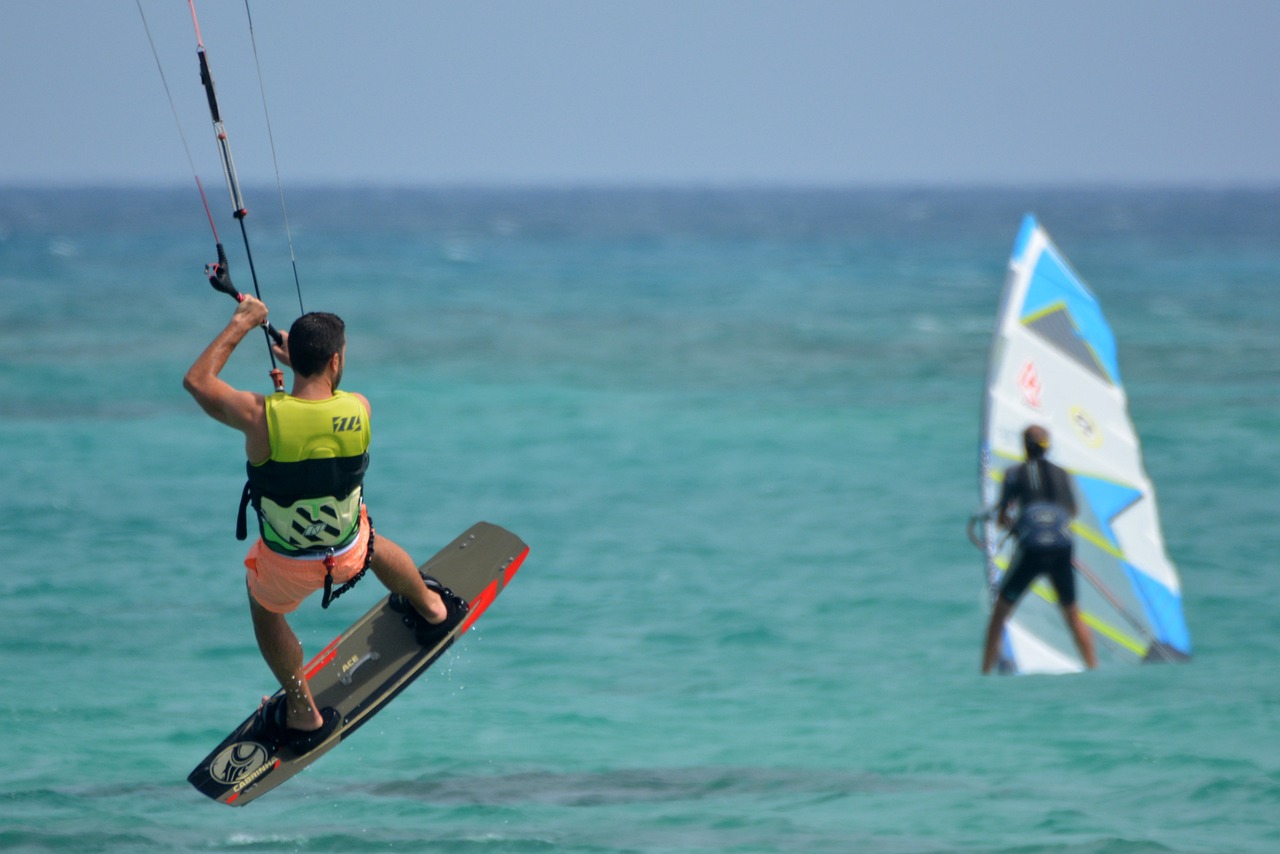Understanding the basics
When it comes to choosing between windsurfing and kitesurfing, beginners often find themselves at a crossroads, unsure of which path to embark on. Both sports offer an exhilarating experience on the water, harnessing the power of the wind to glide across the surface. However, they differ significantly in terms of equipment, learning curve, and physical demands, making it essential for newcomers to consider these aspects before making a decision.
Windsurfing involves standing on a board that is attached to a sail via a rotating mast. The windsurfer uses their body to manipulate the sail in response to wind direction and strength, requiring a blend of balance, strength, and tactical thinking. It’s a sport that rewards patience and persistence, as mastering the basics can take time. For those intrigued by the idea of sailing and who enjoy a physical challenge, windsurfing can be a deeply satisfying choice.
Kitesurfing, meanwhile, uses a large kite controlled by lines attached to a bar, with the rider standing on a smaller board. It tends to have a steeper initial learning curve, particularly when it comes to controlling the kite, but once these basic skills are acquired, progression can be rapid. Kitesurfing is well-suited for those drawn to the thrill of speed and the potential for aerial maneuvers. It requires less physical strength than windsurfing, focusing more on coordination and kite control.
Considering the learning curve
For beginners, the learning curve is a critical factor in choosing between windsurfing and kitesurfing. Windsurfing offers a gradual learning process, where beginners can start to feel a sense of achievement early on as they manage to stand up, sail in straight lines, and execute basic turns. However, advancing to higher levels of skill, such as planing, footstrap use, and efficient upwind sailing, requires time and dedication.
Kitesurfing, on the other hand, can be initially more challenging due to the complexity of kite control. Yet, once beginners overcome this hurdle, they often experience rapid progress, quickly moving on to exciting aspects of the sport like jumping and downwind rides. The initial investment in learning to kite control pays dividends in terms of the speed of progression thereafter.
Analyzing physical demands and accessibility
Physical demands and accessibility are also important considerations for beginners. Windsurfing generally requires a higher level of physical strength and endurance, especially in the arms and core, to manage the sail. It can be practiced in a wider range of wind conditions and is less dependent on specific types of locations.
Kitesurfing, while less physically demanding in terms of strength, requires good coordination and a keen sense of timing to manage the kite effectively. It often requires specific locations with open spaces and consistent wind conditions, which can limit accessibility for some beginners.
In conclusion, the choice between windsurfing and kitesurfing for a beginner hinges on personal preferences, physical condition, and accessibility to suitable locations. Windsurfing, with its steady learning curve and physical demands, appeals to those who enjoy the process of slowly mastering a complex skill set. Kitesurfing, with its rapid progression and thrilling potential, attracts those looking for an immediate adrenaline rush and less physical strain. Regardless of the choice, both sports offer a unique way to engage with the wind and waves, promising endless adventure and fun on the water.
